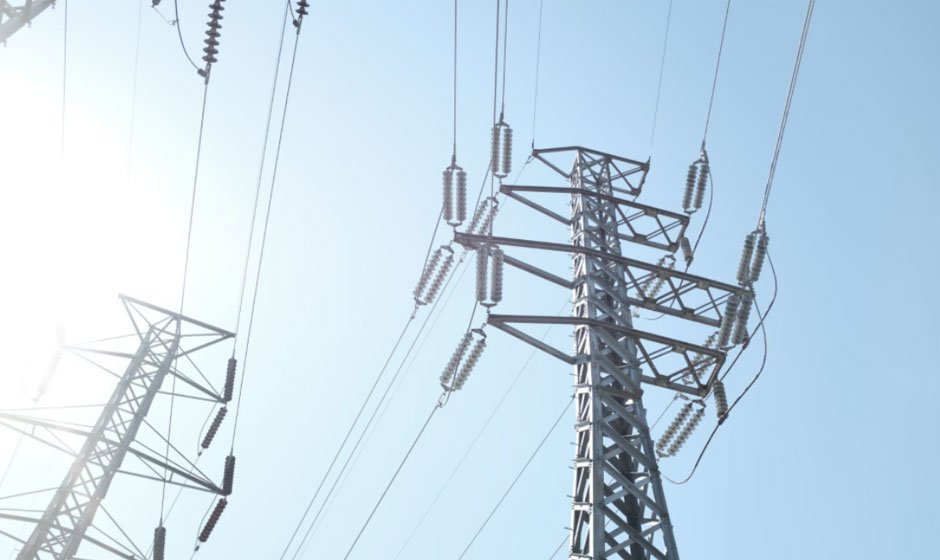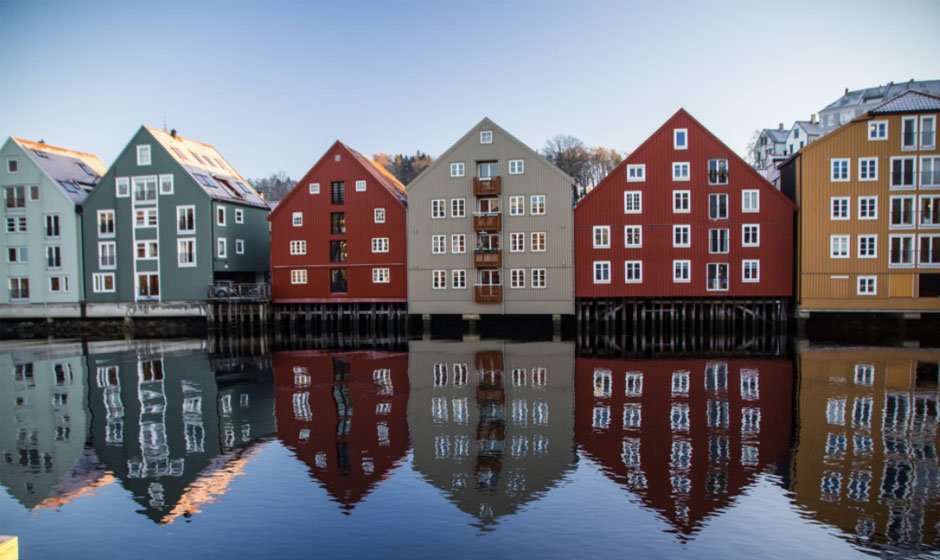Norwegians for decades enjoyed relatively affordable electricity costs that enabled them to keep the lights lit and cottage hot tubs warm even when nobody was present at home. However, energy costs have continued to increase and we now face an era of expensive energy for most.
This must be addressed as soon as possible, and you can start yourself by reading the information I’ve collected below.
How Much Does Electricity Cost in Norway?
Norway has long enjoyed relatively cheap electricity prices. Thanks to a cold climate and almost exclusively hydropower energy supply, houses are heated using this energy, with low prices benefiting both industry and consumers alike. Unfortunately, this has encouraged wasteful consumption; tales abound of mountain cabin hot tubs being left on permanently “just in case” their owners feel like taking a dip later.
Norwegians are responding to rising power costs by becoming more conscious consumers, opting for off-peak energy hours for lighting or appliance usage and limiting consumption during peaks. According to energy firms, more people are turning off lights or appliances at these off-peak hours while also limiting consumption during these peak periods.
High power prices can be traced back to an absence of rainfall in southern parts of the country, which has reduced reservoir capacity and consequently driven up prices on Nordic spot markets. Political fallout from Russia’s war in Ukraine as well as Europe’s diversification away from Russian gas has also played a part in increasing prices.
Most households in Norway had electricity contracts tied to hourly spot prices on the day-ahead market, making them susceptible to extraordinary price spikes during winter 2023. Market research firm Ipsos collected the data used in this analysis from pre-selected households recruited with consent by market research company Ipsos and allowed to share their consumption patterns.
This information was then matched against records kept by local grid companies, and households assigned one of five bidding areas according to geographic location before hourly aggregated consumption data for all bidding areas was obtained from Elhub, the national database for electricity consumption.
Household data was utilized to estimate demand and total energy cost per household in each bidding area. Hourly power prices from Nord Pool, an energy bourse, were then utilized to calculate household energy prices in NOK currency; average hourly prices in each bidding area can be seen in the graphs below, along with the average price level across the whole observation period.
How Do I Save Money On My Electricity Bill?
Norwegian consumers enjoy the freedom to select their power supplier of choice; however, choosing the appropriate one requires some knowledge of how the system operates. The first step should be identifying how your energy consumption compares with the cost of electricity usage.
Once you understand these parameters, finding the best deal should become much simpler. There are various platforms online which offer price comparisons between energy providers in Norway – many are available in English too!
First and foremost, Norwegian electricity prices vary hour by hour according to demand, thanks to households having power meters that monitor consumption and transmit this information wirelessly back to energy companies. Based on these predictions of demand and supply levels for each household, power companies set prices for each individual home that day based on these predictions of demand and production capacities.
Electricity prices are determined by several variables such as weather conditions, production from fossil fuel plants and gas facilities, international markets, and consumer habits. Due to these unknowns, electricity rates can change hour by hour making it hard for consumers to plan ahead and save energy efficiently.
In response, the government has established Enova as a program which offers financial support and advice for energy-saving measures like installing insulation or switching to time-varying rates that fluctuate based on real-time electricity pricing. All residents – including expats – are welcome to take part and use this money towards upgrading appliances and implementing renewable energy solutions.

Are There Power Shortages in Norway?
Norwegian power markets are characterized by competition between suppliers and consumers who can choose their supplier of choice, leading to affordable energy for most homes. This market can adapt quickly to changing conditions: for instance when spot market prices decline it’s expected that electricity costs will also decline as expected, thus decreasing risk of power shortages while potentially leading to reduced bills in the future.
However, there is always the risk that the power supply won’t meet demand at times. This is caused by various factors including low rainfall levels over an extended period, meaning water reservoirs aren’t as full. Also, war in Ukraine has limited access to Russian gas supplies – an important source of energy for many European nations.
Long term, the market can adapt too many circumstances; however, there’s no guarantee it can do so forever. To guarantee adequate energy supplies at reasonable costs, the market needs to continue evolving efficiently while remaining affordable; that is why it is vital that individuals understand its workings and participate in it actively.
It is also integral that we find cost-cutting ways of distributing and using renewable energy resources over 24 hours, to make significant cost savings for society as a whole. One way, related to this, to save on power costs is to sign a variable-price electricity contract.
This type of agreement follows the spot price closely while still offering greater flexibility compared to other forms. Comparing different agreements through online services will help you find the ideal plan for you; also take note of any offers of additional packages like insurance or fixed price contracts which are unrelated to electricity price.
What are the Cheapest Power Suppliers in Norway?
Norwegian consumers were among the first in Europe to be able to choose their electricity supplier directly. Most of Norway’s power comes from hydro (source: www.bestestrøm.no/) with production depending on precipitation in any given year. Power trading with other countries connected via Norway’s network and price levels on Nord Pool Spot power exchange also help determine the supply and demand factors including fossil fuels such as coal, natural gas, emission allowances and renewables are important considerations as well.
Many customers choose a spot price agreement, sometimes known as a market price contract, in which their electricity price tracks that of Nord Pool with only minor adjustments from their power supplier. This option offers the cheapest price guarantee of short duration while fixed price agreements offer longer-term price certainty but generally at higher initial costs over time.
Most power suppliers provide various services for their customers, such as customer support and online tools for managing accounts. Others provide additional packages like insurance or safety services; but you should always prioritize finding an economical electricity plan. Consumer Ombudsman investigations and Statistics Norway have revealed that many people pay too much for electricity.
To secure the most cost-effective electricity plan, it’s essential to compare prices from multiple power providers’ online services. It may be worthwhile searching for any discounts or special offers which may save even more money. It is also wise to stay aware of each power agreement’s terms and conditions as some may require advance notification if prices change unexpectedly; be sure to read up on each provider website thoroughly to fully comprehend their pricing model as well as all associated conditions that apply before making a final decision.



